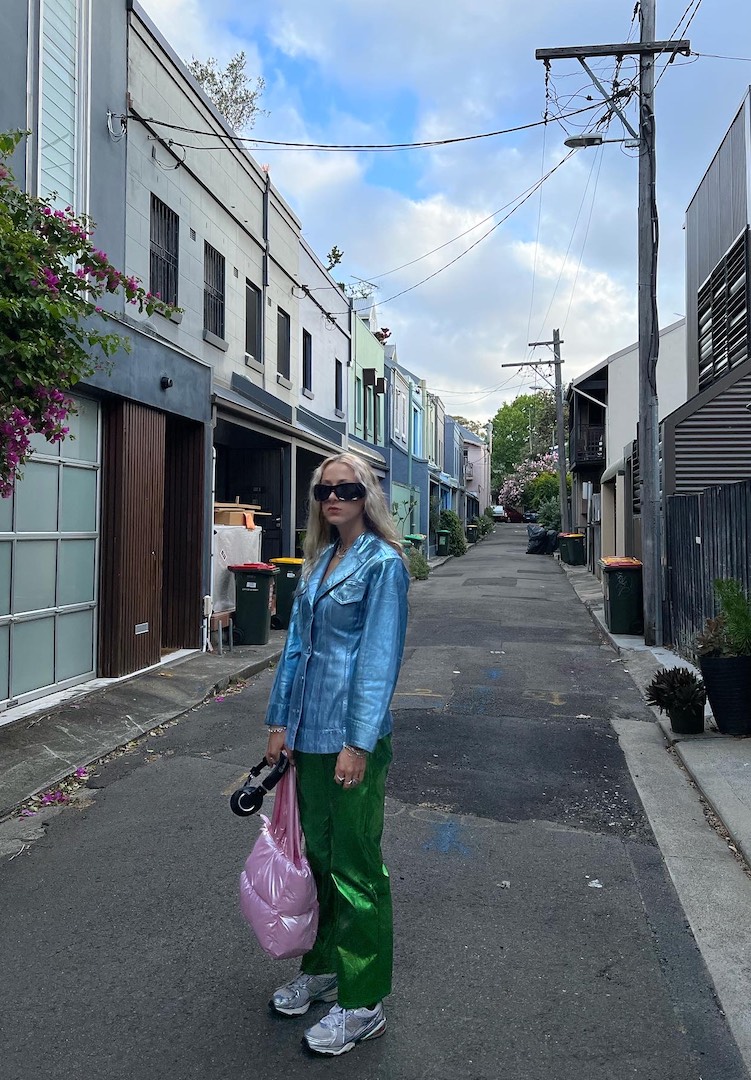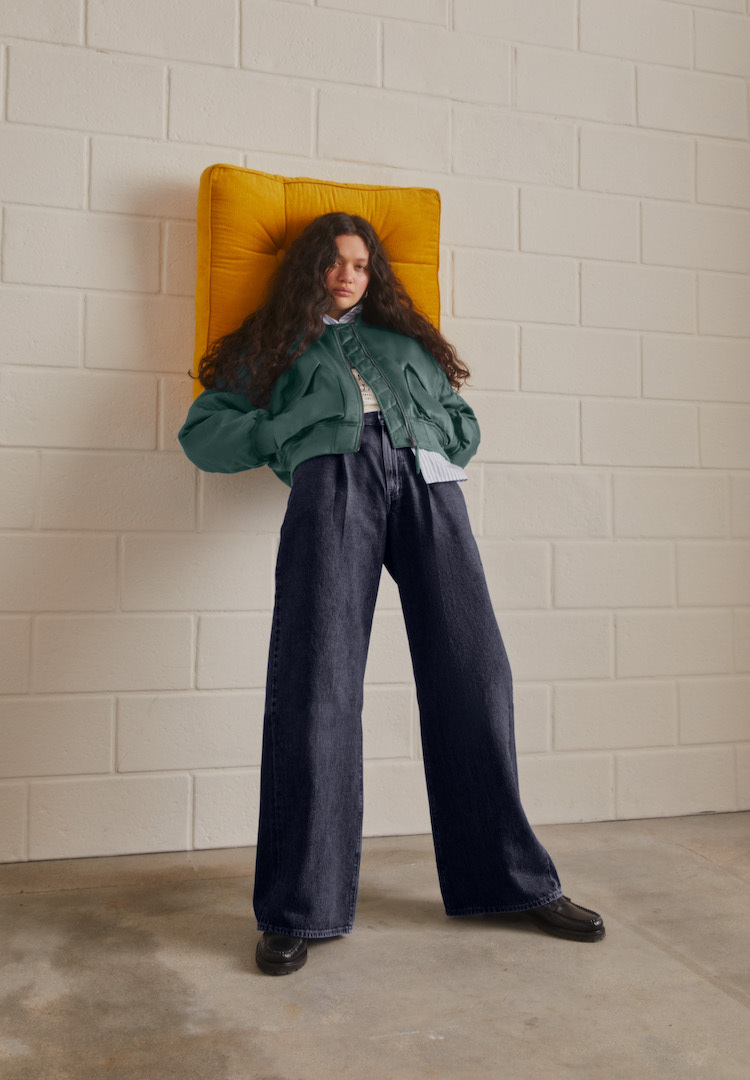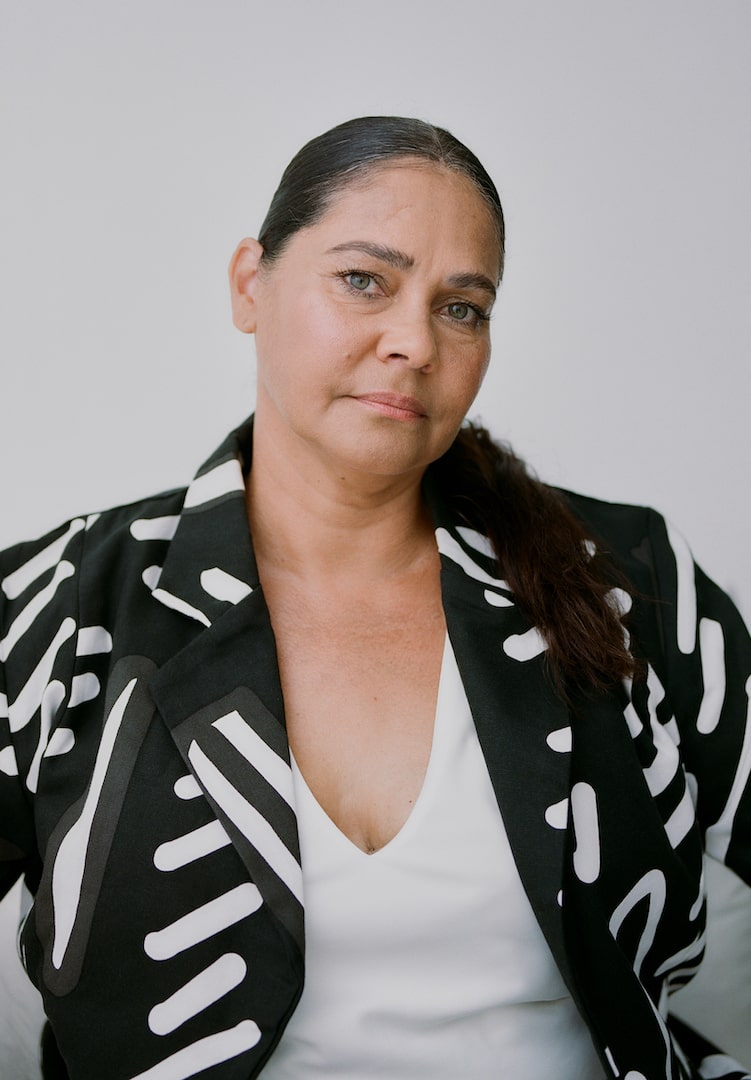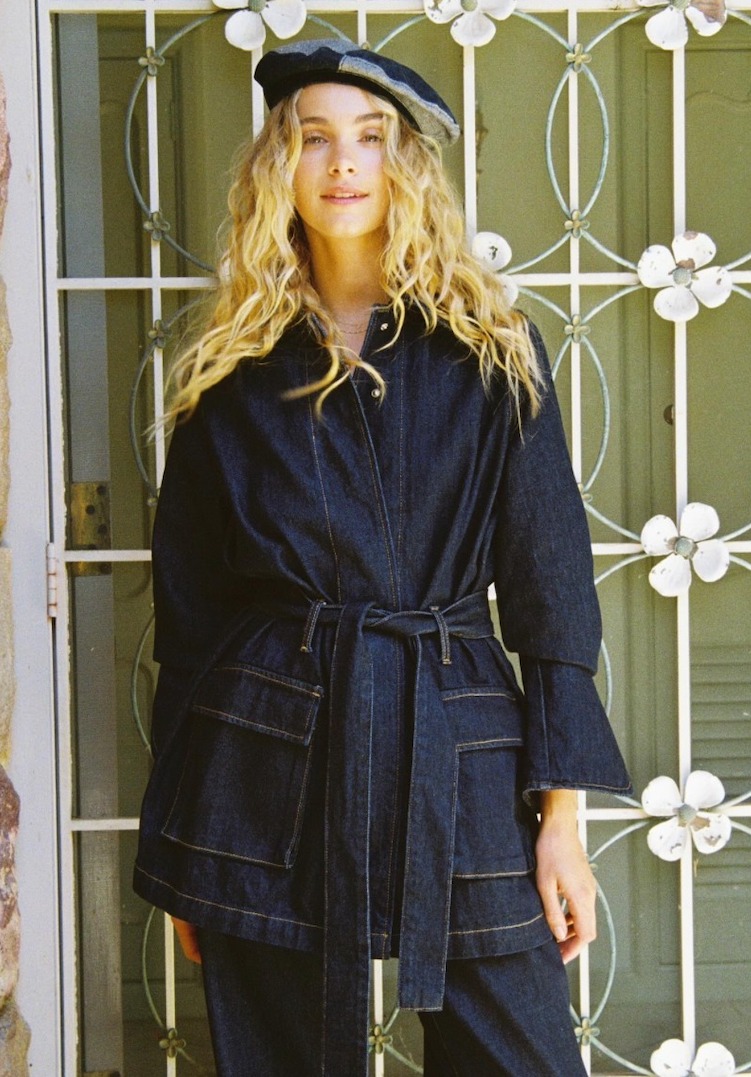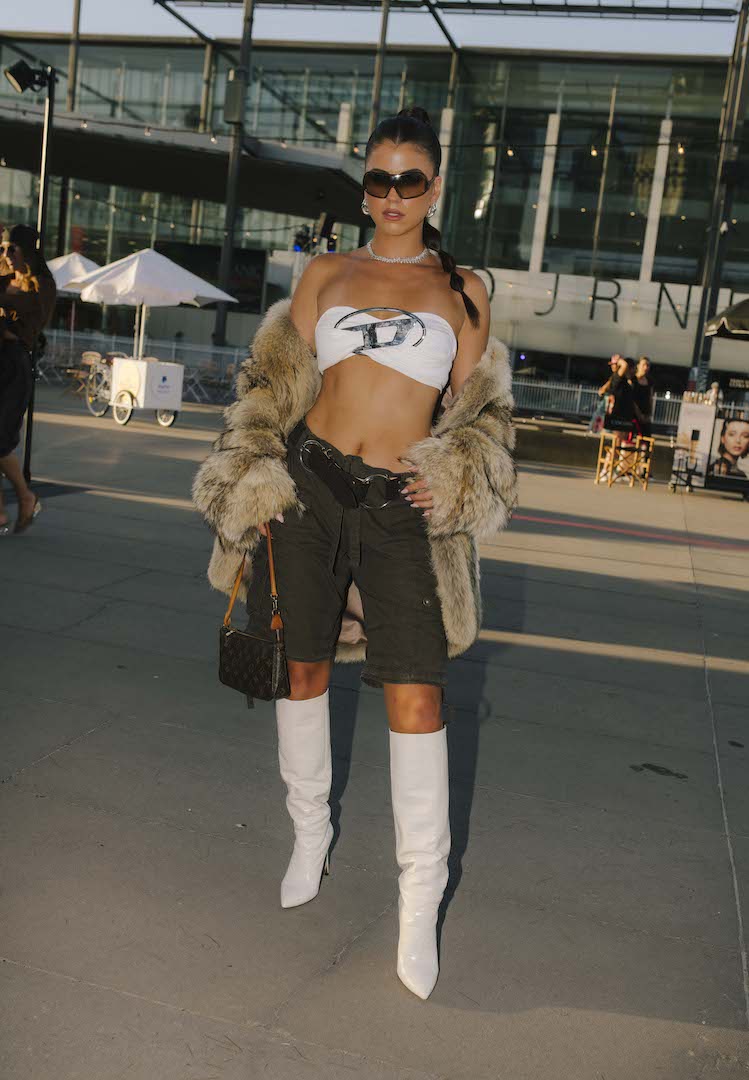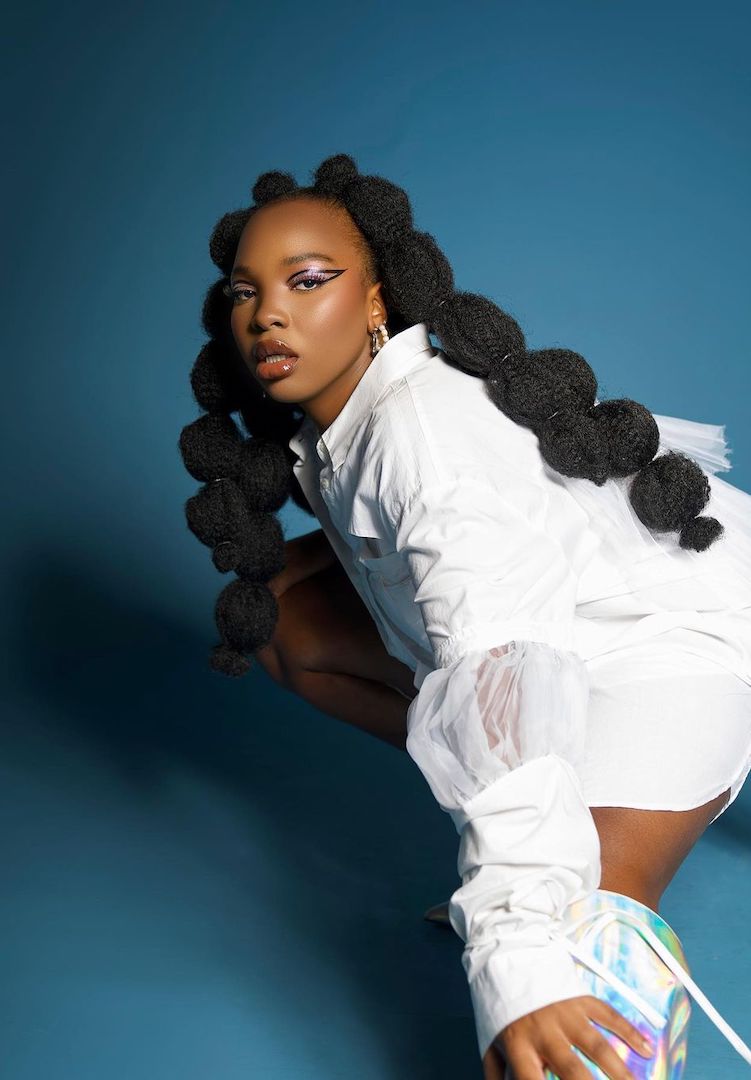“Converting your customers into veritable investors”: The upsides of crowdfunding your fashion label
IMAGE VIA DEGOEY PLANET
WORDS By Erica Bartle
Erica Bartle, the Co-Owner and Head of Impact and Communications at Australian label Outland Denim, shares how crowdfunding has transformed their business.
Like your religion, hair removal regime and income, the subject of financing fashion is rarely discussed publicly or in ‘polite society’, probably because the sector trades so heavily on image. Balance sheets and profit and loss statements aren’t particularly sexy unless you’re an accountant or economics nerd.
We rarely hear about the financial exploits of fashion companies outside the trade press unless they have gone bust or experienced a particularly lucrative year in sales (boom!). But this does the industry a great disservice.
For more fashion news, shoots, articles and features, head to our Fashion section.
Many promising young designers, beleaguered once-hot brands and promising start-ups have come apart at the seams thanks to the pressure of rising overheads or price competition or after a bad season (or several of them) resulting in a poor return on investment.
That’s why it was so refreshing to hear London designer-to-watch Dilara Findikoglu was pulling out of London Fashion Week this year citing the sheer cost. “This wasn’t something I wanted to do or a decision I took lightly, but the reality is we simply don’t have the finances for a runway show right now,” she told The New York Times. Did she just say that out loud!?
For an industry that trades on the creation of whimsy and the allure of aspirational lifestyles, this was very much grounded in reality. Anyone at the helm of a fashion brand would have sighed with sheer relief. No more pretending – keeping up appearances is very expensive for any fashion brand. Hype and celebrity favour don’t always turn into revenue and nor does positive sentiment around your amazing one-of-a-kind aesthetic or even your sustainability credentials (we might ‘vote with our wallets’ in the good times but what if times get tough?).
COVID was, obviously, an unfortunate anomaly in the sartorial economic landscape, one that most fashion companies not trading in athleisure want to wipe off the historical ledger forevermore. During the ensuing ‘retail apocalypse’, some companies thrived (Lululemon, Shein) while others experienced a spike in ‘revenge spending sales’ that tapered off making their balance sheets a bit wonky.
Others, sadly, simply fell by the wayside (you can read the rolling list of brand obituaries and bankruptcies at The Fashion Law), and many of them were loved brands. What’s more, we are still reeling from the effects. Australia’s retail sector entered an actual recession in the three months to March 2023. This has all exposed massive vulnerabilities in an industry reliant on consumer discretionary spending that plans its inventory months or even years in advance.
The most financially resilient companies are the ones you would expect with decades solidifying their industry stake: Nike, Adidas, Fast Retailing (Uniqlo), Inditex (Zara), LVMH, Gap Inc, Kering, PVH etc! The least are those without access to capital, including substantial lines of credit or bridging finance, to get through the inevitable peaks and troughs as they grow.
Even in the ‘usual business of things’ of running a fledgling fashion brand, if there isn’t yet an adequate or substantial customer base willing to pay for your products, your products aren’t quite commercial enough to warrant a place in more than a few token wardrobes or stores, or you’re experiencing difficulty bridging the gap between paying for your supplies and production and getting your product to market to sell, then you need to capitalise until you can get a foothold in the ultra-competitive landscape as you improve your business.
Venture capitalists, with their very specific growth metrics and appetite for companies on a stellar growth curve, won’t always come to the rescue. Nor will banks if you don’t have the right collateral or prospects to leverage. Private equity is enticing if you don’t mind losing control. You could look for short-term loan facilities through a reputable fintech, but the interest rates are often out-of-this-world exorbitant (and they may take a portion of your sales revenue until your debt is paid). And there are always business grants for a lucky few!
All these options aside, if you don’t have a family trust to draw down on, your friends with money are few, and your savings are dwindling, then one other option is to turn to the crowd.
The upside of crowdfunding
When the opportunity opened in Australia to source equity funding through the crowd, we were all in but incredibly nervous. This style of capital raising is very public, after all. We were looking to grow the business, having just secured a foothold with Canadian retailers Holt Renfrew and Harry Rosen, following Meghan Markle wearing our product and giving a major visibility boost to our brand in 2018. The plan was to open accounts in the tough-to-crack North American market through Nordstrom and Bloomingdale’s.
Until this point, we had financed the business largely through angel investors sold on our mission of helping vulnerable women out of poverty and slavery, and our future potential as a promising sustainable fashion brand. Would our story translate for everyday investors?
It was 2020, on the cusp of the pandemic lockdowns, and at the close of the Australian Fashion Summit with our CEO talking shop about sustainability with former Global Fashion Agenda CEO Eva Kruz, when we launched full throttle into our first foray via a platform called Birchal.
We were almost through our EOI (Expressions of Interest) stage of the campaign, propelled along by media coverage and an event on Tamborine Mountain (our base). Events for Byron Bay, Brisbane and Sydney were scheduled for the weeks ahead. We had momentum.
It was at the Summit when we first learnt that Melbourne would be going into pandemic panic lockdown, so we had to pivot quickly. We had an event for interested investors planned for the following day at Allpress’s Melbourne HQ, and this event would be live-streamed. It would go ahead but people were nervous and the turnout was restricted by the rapidly changing social climate. We were also facing the prospect of our entire wholesale business closing as the world imploded.
Who buys denim jeans in a lockdown? Should we just quit!? Our whole mission hung precariously in the balance. Thankfully we had some super-soft jersey pieces in the production pipeline and a Digital Manager well enough versed in the online shopping landscape to help pull us through. This, coupled with over 1,000 new minor shareholders and $1.2 million secured through that first equity crowd-funding raise, would help to tide us over until the world returned to normal.
We wouldn’t be doing sweatpants but we could sweat it out until retailers opened up again with enough cash on the balance sheet to meet our obligations and pursue our growth plan. The added zest from a thousand people backing our values-based brand out of their back pockets was also the encouragement we needed. What better brand converts could we ask for?
There has often been talk about the ‘democratisation of fashion, which has led to what’s essentially the fast-fashion industry: making available to the masses what is seen on the catwalks at an accessible price point. Crowdfunding isn’t exactly the financial answer to fast fashion, nor is it a panacea to all your worldly woes, but it does somewhat democratise the financing process, allowing a greater spread of ownership across a broader base, as opposed to centralising ownership in the hands of a few entrepreneurial pundits or demanding venture capitalists.
Our experience of equity crowd-funding has been nearly entirely positive: they have allowed us enough capital to keep the cogs turning and to invest in the areas that would help us to achieve growth, the stepping stone to the all-important milestone of profitability. And, importantly, they have helped us to reach new customers with our brand who will propel it further into the future. We are now getting ready to close off our third crowdfunding venture through Birchal.
The value of simply putting your brand out there to the crowd, converting your customers into veritable investors and passionate brand advocates, and allocating time to really bunker down on the nuts and bolts of your business as it appears on the balance sheet, are hugely beneficial. Creating a sustainable fashion business on all levels – social, environmental and economic – is, after all, the ultimate goal. Fashion is not a business for the faint of heart but equity crowdfunding can help you hit your strides.
For more on Outland Denim’s crowdfunding campaign, head here.



